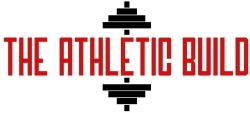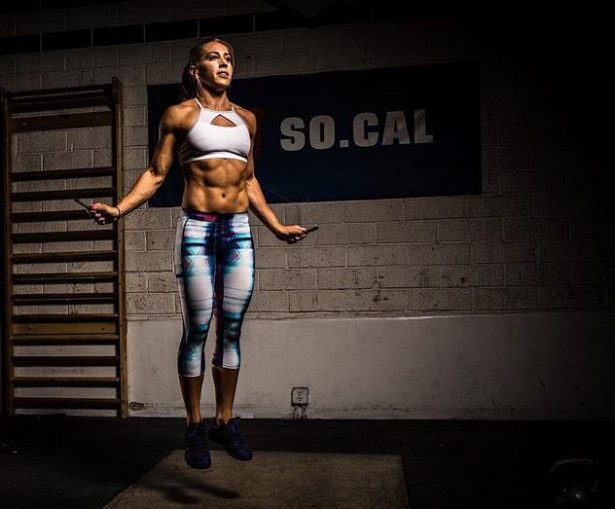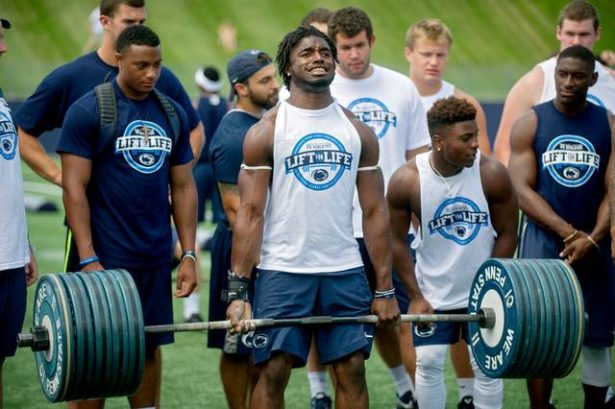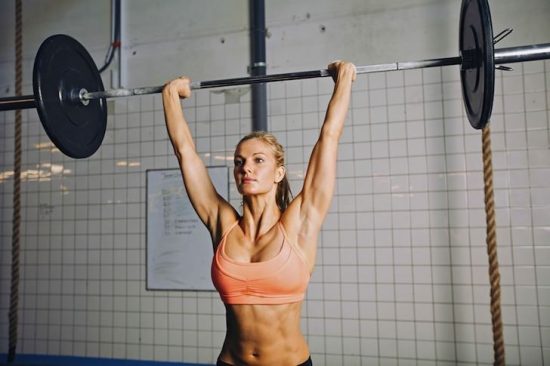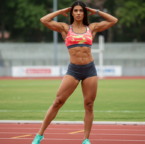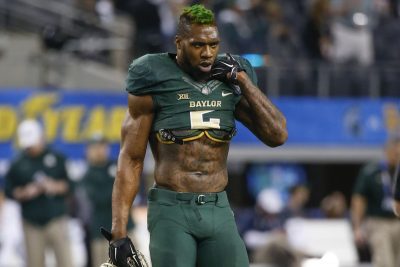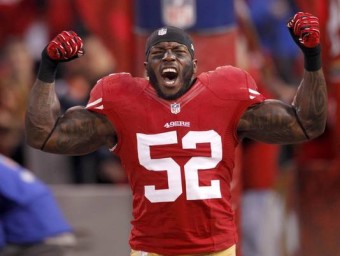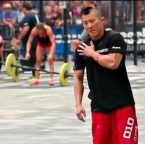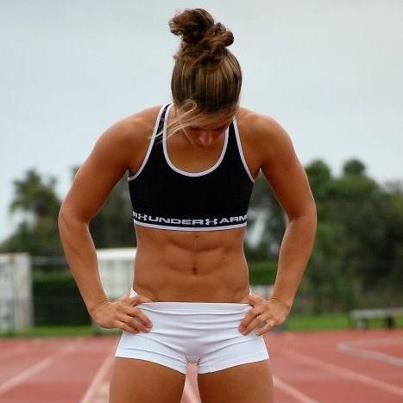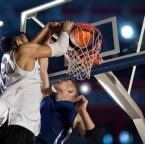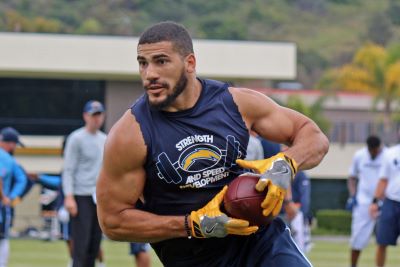If you ask a room full of athletes from different sports to stand side-by-side, you’ll notice they all look different. Even in the same sport, players in different positions often have very different builds.
For this article, we’re not aiming to replicate a specific sport’s look. We’re talking about building a jacked, athletic physique, the kind that turns heads when you walk into a room. Strong, lean, and ready for anything.
The truth is, not all training methods will get you there. If you want an athletic-looking body, you need to follow a few key principles, and you don’t need to waste time on drills that only matter for specific sports. This is about training to look like an athlete, not to play a particular position.
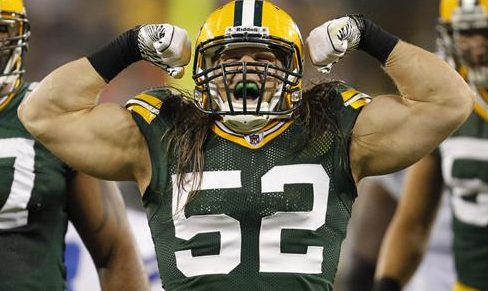
Now that we got that out of the way, to look like a jacked athlete, not all training methods are equal and if you want an athletic looking body you have to follow a few important rules.
There are sport-specific drills that you’ll see athletes doing that get them better at their sport, but you do not have to do this.
In fact, you shouldn’t do this. Athletes have to do this to improve the skills that make them the big bucks.
For you, it’s about ‘looking like an athlete.’
The workout that I laid out for you covers a few very important parts that I’ll touch on quickly before giving you the goods.
Get Warm And Ready
A good warm-up isn’t about spending 15 minutes foam rolling every muscle or turning yourself into a pretzel. The goal is simple:
Increase body temperature
Prime your joints and muscles for movement
Reduce injury risk
Get your body ready to perform at a high level
Start with a few minutes of light cardio to elevate your heart rate, jump rope, bike, or a quick jog. Then do mobility drills that mimic your first main lifts. If your workout starts with squats, do bodyweight squats. If you’re benching, do push-ups or band presses.
Keep it short, specific, and focused on the workout ahead.
Get Fired Up
Athletes are explosivee, they can jump higher, sprint faster, and generate force instantly. That’s why your workout should start with a power exercise while you’re fresh.
These movements fire up your central nervous system, which helps you produce more strength and speed throughout the rest of your workout. Think box jumps, medicine ball throws, or kettlebell swings.
Tips for power training:
-
Go all-out on every rep, then rest fully (90 seconds to 3 minutes) before the next set.
-
Keep your form sharp. Power exercises should be fast, not sloppy.
-
3–5 sets of 3–5 reps is enough for most people.
Related: Exercises to Increase Your Athleticism
Lift Heavy Stuff
Once you’re primed for performance, it’s time to get strong. Heavy compound lifts create mechanical tension — one of the main drivers of strength and muscle growth.
Work in the 1–6 rep range for these lifts, focusing on perfect form and full recovery between sets. Examples include:
-
Squat or front squat
-
Bench press or overhead press
-
Deadlift or trap bar deadlift
-
Weighted chin-ups or rows
Aim for 3–5 sets per lift. Full recovery means 2–4 minutes between sets so you can maintain your strength output.
Create Damage And Pump Up
Now that your big lifts are done, it’s time to target specific muscles with higher-rep work. This creates metabolic stress and controlled muscle damage, the “pump” that feeds your muscles with blood and nutrients, encouraging growth.
Use 8–15+ reps here and focus on controlled movement. You can choose exercises that load muscles in either a shortened or lengthened position:
Shortened position examples:
- Leg extensions
- Seated hamstring curls
- Barbell curls
- Triceps pushdowns
- Lateral raises
Lengthened position examples:
- Incline dumbbell curls
- Overhead triceps extensions
- Walking lunges
- Romanian deadlifts
You can mix in higher-rep finishers, like 20+ reps or rest-pause sets, for a serious burn.
Make It HardCORE
A strong core isn’t just about visible abs. It’s about stability, power transfer, and keeping your spine safe during heavy lifts.
Include 2–3 core exercises at the end of each workout. Focus on moves that train your abs, obliques, and lower back together:
- Hanging leg raises
- Plank variations
- Pallof presses
- Farmer’s carries
- GHD sit-ups
A strong core improves every other lift you do and helps you move more like an athlete.
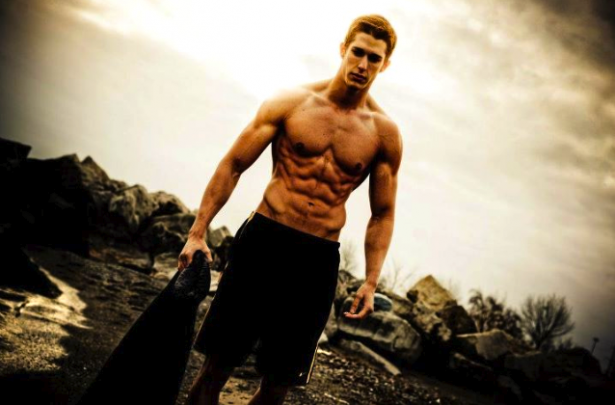
Sample Upper Body Athletic Workout
Warm-Up:
- 3–5 minutes light cardio
- Bodyweight squats x 10
- Walking lunges x 10/side
- Scap push-ups x 10
- Band pull-aparts x 15
- Over-and-backs with band x 10
- Push-ups x 15
Power Exercise:
- Vertical jumps with overhead medicine ball throws – 3 x 5 reps (90 sec rest)
Strength Exercise:
- Barbell bench press – 4 x 5 reps (lower under control, press explosively) – 2–3 min rest
Hypertrophy & Core Circuit:
Perform 3 rounds, rest 60–90 seconds between rounds:
- Steep incline dumbbell press – 8–12 reps
- Hanging leg raise – 8–10 reps
- Bent-over row – 10–12 reps
- Rear delt fly – 12–15 reps
- Farmer’s carry – 30 yards
Finisher:
- GHD sit-ups – 10–12 reps
- Barbell curls – 10–12 reps
- Russian twists – 10–12 reps per side
The Bottom Line
This blueprint hits every component you need to look and perform like an athlete: explosive power, raw strength, targeted muscle growth, and a rock-solid core.
Train consistently, fuel your body with the right nutrition, and recover well between sessions. Stick with this approach for months, not weeks, and you’ll build the kind of physique that stands out anywhere.
Joey Percia
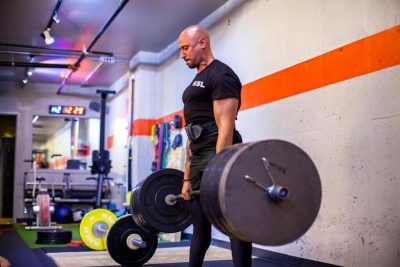
Joey Percia is a coach at a training studio in New York City and also runs a successful online training business. He is a competitive powerlifter in the 181 division and has totaled 1400lbs. Joey has a Masters degree in Exercise Science, is a CPPS coach, Westside Barbell Coach and CSCS. Follow him on Facebook, you will be glad you did.
